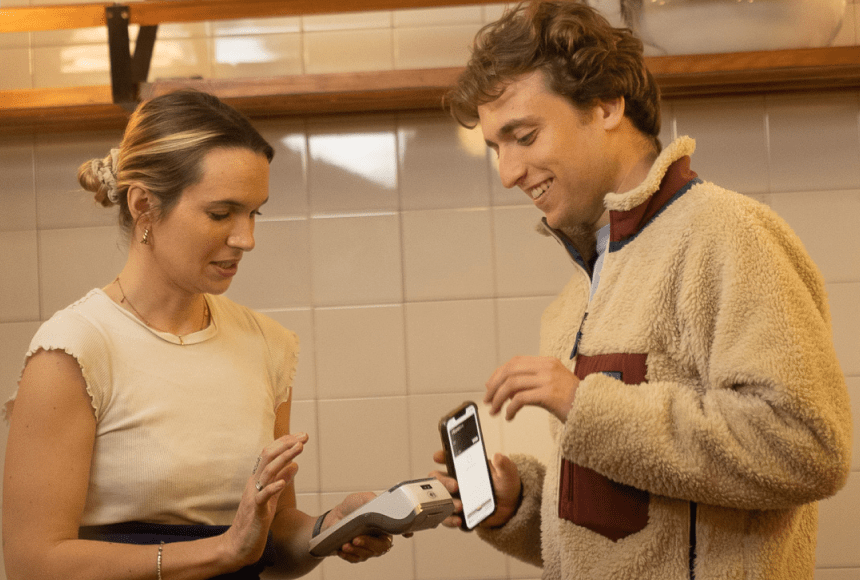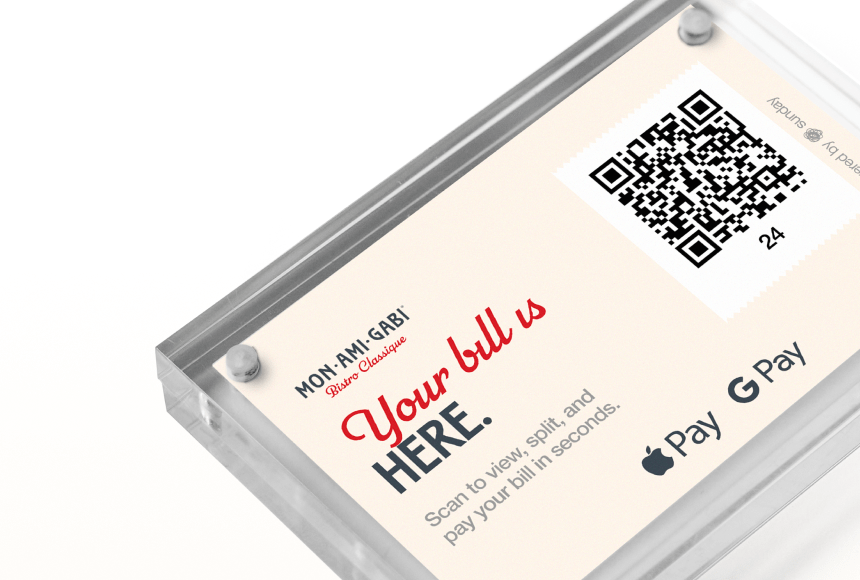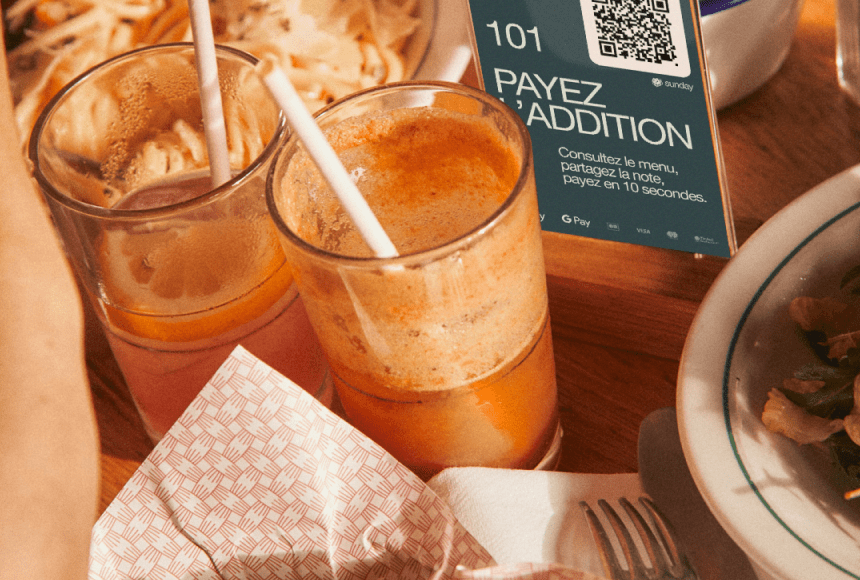
Empowering Your Restaurant to Thrive During the Rush
The Rush Hour Conundrum
Picture this: It’s Friday night, and your restaurant is brimming with eager guests. The buzz of conversation is electric, appetizers are flying off the pass, and your staff is juggling orders like expert jugglers in a circus. You’ve done everything right—promoted your menu, trained your team, built a loyal customer base. But those peak hours can still feel overwhelming, like a boiling pot on a crowded stove with the lid about to blow. Sound familiar?
Peak hours, or the “rush,” are an inevitable part of the restaurant business. They can boost your revenue, but they also present real challenges. All it takes is one small bottleneck, and the entire dining experience can slip from delicious to disastrous. Technology can be the secret ingredient that turns the chaos into a well-organized and profitable flurry of activity. By integrating modern tools at every step—from your reservation system to your payment process—you can keep those peak hours running smoothly. Here’s how.
Why Technology Makes All the Difference
No matter how large or small your establishment, you’ve likely noticed the influence of technology on the dining experience. In recent years, according to the National Restaurant Association, there’s been a seismic shift in the way restaurants handle orders, communication, and payments. With more diners accustomed to online reservations, mobile ordering, and digital wallets, going tech-savvy can be a game-changer for your efficiency.
When you embrace technology, you’re essentially giving your restaurant new gears to handle high-stress situations. Imagine a series of well-oiled cogs, each bringing precision to a critical function. Reservations, kitchen orders, communication between servers and cooks, and even staff scheduling can all become more streamlined with the right digital tools.
But technology isn’t merely about automation or reducing overhead. It helps you focus on what truly matters: delivering unforgettable experiences to your guests. By minimizing the friction of daily processes, you empower your staff to be more present, friendly, and efficient—especially when the doors burst open at 7:00 p.m. on a Saturday night.
Streamlining Reservations and Walk-Ins
The waiting line is often where the frustration begins to bubble up. Guests arrive in groups, hoping to get seated immediately. If your hosts or hostesses feel overwhelmed, wait times can shoot up, tempers flare, and you risk losing out on potential revenue. To combat this, consider employing a reservation management system that syncs across devices and offers real-time updates.
Here are a few reasons why this can be beneficial during peak periods:
- Better forecasting: You can predict how many guests will arrive at specific times and prepare accordingly.
- Automated waitlists: Guests can add themselves to the waitlist and track their queue position from their phone.
- Table management: Digital floor plans let you visualize table occupancy and see who’s been seated and for how long.
When your front-of-house team has a clear view of the dining room in real time, they can seat tables with surgical precision, minimizing wait times and maximizing your capacity. During busy spurts, that efficiency is invaluable.
Optimizing Table Turnover with Smart Tools
One of the greatest challenges during peak hours is managing table turnover without making customers feel rushed. You want a smooth cycle that balances an enjoyable dining experience with the need to seat the next party. This is where table management platforms come into play.
Automated notifications can let servers know exactly which tables are finishing up their entrees. Some advanced systems even track average dining times for different party sizes. If you see that a table has been seated longer than usual, your staff can gently offer the check or inquire whether guests would like dessert. It’s a delicate dance, but with real-time insights, you can choreograph smooth transitions at every table.
Additionally, leveraging tableside technology for placing orders can significantly speed up the process. Think of handheld tablets or smartphone apps that let servers send orders to the kitchen without having to dart back and forth. This cuts down on potential miscommunication and reduces the time spent waiting for the server to return. When you cut those small, repetitive steps, peak-hour stress eases dramatically.
Accelerating the Payment Process
Among the top frustrations guests report is the agonizing wait for the check or the inefficiency of payment processing. When your dining room is busy, every second matters. That’s why modern payment terminals and contactless payment solutions have become a must for many restaurants.
Consider how this can help you handle peak hours:
- Speedy checkouts: Payment terminals that accept contactless cards or digital wallets cut wait times substantially.
- QR code payments: Tools like sunday allow guests to scan a QR code, review their tab, split the bill, add a tip, and pay—no waiting necessary.
- Integrated tipping options: Guests can easily add gratuities without awkward fumbling for cash, boosting your servers’ tip earnings.
When the payment stage is quick and seamless, you can free up tables faster and improve table turnover while leaving a positive impression on your guests. They walk away feeling taken care of, and you create room for new diners, which is crucial when the line’s out the door.
Enhancing Communication Between Back and Front of House
During hectic times, a breakdown in communication is like a missing link in a well-practiced recipe—it can ruin the entire dish. Technology can bridge this gap by providing instant, accurate notifications between the kitchen and the dining area.
Kitchen display systems (KDS) are an excellent tool for coordinating complex orders. Instead of juggling handwritten tickets, your cooks see orders in real time on digital screens. They can mark completed items, signal to servers when a dish is ready, and keep track of modifications (like extra sauce or allergies) with greater precision. This reduces errors, speeds up service, and helps maintain a calm environment, even when dozens of orders flood in simultaneously.
Data-Driven Staff Scheduling and Inventory Management
Ever wish you had a crystal ball showing exactly how many guests will arrive? Data analytics might not be magic, but it comes pretty close. By analyzing your past sales, average ticket times, and occupancy data, you can forecast busy evenings or seasonal spikes.
Staff scheduling: With predictive scheduling software, you can ensure you have enough servers, cooks, and hosts to handle peak hours without overstaffing. This boosts both morale—and your bottom line.
Inventory management: Running out of top-selling menu items in the middle of a peak rush is a nightmare. Automated inventory systems track your stock in real time and send notifications when supplies run low, helping you avoid the dreaded “We’re out of that” moment. According to a report from Forbes Business Council, restaurants see a noticeable drop in customer satisfaction when star menu items become unavailable during rush hours. Data-backed planning can ensure this doesn’t happen to you.
How a Hypothetical Eatery Handled High Volumes
Imagine a bustling bistro called “Coastal Eats,” famous for its fresh seafood specialties and open-air layout. Before adopting technology solutions, the Saturday-night crush was so chaotic that servers often mixed up orders, and the line for desserts felt like navigating a maze. Their front-of-house staff was stressed, and customers voiced dissatisfaction online.
Fast-forward a few months: Coastal Eats implements a reservation management app, invests in a new KDS for their kitchen, and upgrades to contactless payment terminals. Wait times shrink, and the staff is more relaxed, polite, and focused on delightful customer interactions. The restaurant also started using a solution like sunday for QR code payments, enabling tables to settle their checks in mere seconds. Glowing reviews pour in, praising the “smooth dining experience” and “friendly, happy staff.”
Coastal Eats didn’t just leap forward in technology for technology’s sake; they chose each tool to address a specific pain point. That thoughtful approach allowed them to transform a chaotic, high-pressure environment into a profitable, guest-friendly zone that thrives under pressure.
Putting the Pieces Together
Now that we’ve walked through these various tech solutions, let’s recap the core benefits they bring to your restaurant during peak hours:
- Faster table turnover: Reduced wait times and efficient payment processing help seat more guests and increase revenue.
- Accuracy and consistency: Kitchen display systems and handheld ordering devices minimize errors, leading to improved guest satisfaction.
- Enhanced guest experience: Shorter lines, smoother communication, and easy payments result in happier customers who are more likely to return.
- Data-backed decisions: With analytics on staff performance and busiest times, you can schedule effectively and prevent shortages.
- Higher staff morale: Technology takes care of repetitive tasks, so your staff focuses on personal interactions that bring them pride and joy in their work.
Remember, the key is to see technology as an enhancement of your unique flair, not a replacement. You can still dazzle your guests with a personal greeting, a curated wine recommendation, or a secret sauce that customers crave. The difference is you and your staff will have more bandwidth to do it well, courtesy of the streamlined processes working in the background.
Picking the Right Tools for Your Restaurant
Every restaurant operates differently—what works for a large, fine-dining establishment might not suit a cozy neighborhood café. The secret isn’t to blindly adopt the latest gadget, but to look at your unique challenges and find solutions that address them. Do you have long lines at the cashier? You might focus on speedy payment terminals or a QR code payment system like sunday. Are you seeing persistent errors between orders taken at the table and what lands in the kitchen? A robust restaurant management software suite with integrated KDS might be the solution.
The process of selecting the right technology should include:
- Needs assessment: Identify your biggest pain points—long wait times, missed reservations, slow turnover, etc.
- Research: Look for reputable tools that specifically address those issues. Demo them if possible.
- Staff training: The most advanced system won’t help if your team isn’t comfortable using it.
- Gradual rollout: Choose one or two solutions first, ensuring you have a solid implementation strategy and training plan in place.
- Evaluation: Monitor improvements during peak hours. Gather feedback from both guests and staff.
By adopting this methodical approach, you can avoid buying technology that ends up collecting dust in a storeroom. Instead, you’ll build a solid tech ecosystem that keeps your restaurant thriving under the pressure of peak hours.
A Fresh Start on Peak Hours
There’s no single magic button that eradicates the rollercoaster ride of peak periods. However, integrating the right digital tools can help your restaurant navigate the twists and turns with ease. When each person on your team—from hosts to cooks, from servers to managers—has better information and more efficient processes, you create a harmonious environment. That harmony resonates with your customers, turning them into loyal regulars who recommend your restaurant to everyone they know.
With the competition so fierce in today’s market, restaurants that embrace technology aren’t just trendy; they’re providing a seamless, modern, and human-centered dining experience. Whether you’re looking to shorten waitlists, quicken payments, or eliminate miscommunication, there’s a technological solution out there that aligns with your creative vision and operational needs.
There’s a reason so many eateries are adopting systems that allow diners to settle checks instantly or leave Google reviews with a single tap—today’s guests value convenience, speed, and a personal touch. And when your staff is freed from time-consuming manual tasks, they can devote more effort to making the customer’s experience memorable. That’s the real payoff: strong reviews, good word-of-mouth, and a reputation for handling even the most intense rush with composure.
Charting Your Path Forward
Taking steps to handle those crazy Friday and Saturday nights is not just about fixing immediate problems. It’s about laying a foundation for a restaurant that can weather any storm, adapt to changing consumer preferences, and improve profitability in the process.
Feel free to experiment and learn from your data—peak hours can become a brilliant example of how your team thrives under pressure. By tying technological solutions to your fundamental goals of hospitality, quality, and efficiency, you’ll stand out from the crowd. The best tools should serve your style, not stifle it. After all, your restaurant’s character is what draws people in; the right technology simply amplifies it.
So, the next time the weekend rush hits, instead of dreading the stress, see it as an opportunity to showcase how seamlessly you can serve your guests. Let technology free you up. Let it help you greet your customers with a warm smile, create savory memories, and streamline the process from appetizer to payment. In this industry, that combination of speed, warmth, and quality is what transforms curious visitors into dedicated, returning guests. And with a little digital assistance, your restaurant will be ready to handle peak hours like never before.
Find out more today
Drop us your details below and we’ll reach out within the next 24h
Get the full, detailed picture.
sunday elevates your business with insightful data, instant feedback and precise analytics.




